Humans
Sign up for our newsletter
We summarize the week's scientific breakthroughs every Thursday.
-
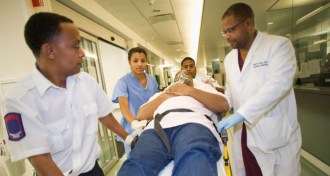 Psychology
PsychologyJust four questions can identify which ER patients need prompt care
A simple decision tree may find serious ailments in ER patients’ fuzzy complaints.
By Bruce Bower -
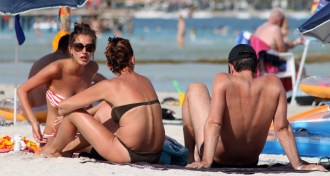 Neuroscience
NeuroscienceSunbathing may boost endorphins in the body and brain
UV light makes mice churn out a molecule that is a cousin of morphine and heroin, a finding that may explain why some people seek out sunshine.
-
 Health & Medicine
Health & MedicineSimple blood test detects heart transplant rejection
Heart transplant recipients whose bodies are starting to reject the new organ might carry genetic warning signs.
By Nathan Seppa -
 Genetics
GeneticsGene variant tied to diabetes in Greenlanders
Greenlanders who carry two copies of a newly discovered gene variant have upwards of 10 times the chance of developing type 2 diabetes.
-
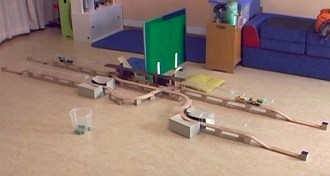 Psychology
PsychologyChildren negotiate taking turns surprisingly early in life
Five-year-olds can coordinate decisions with others in a fair way, even when each child has conflicting interests.
By Bruce Bower -
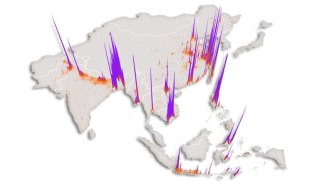 Life
LifeAvian flu could strike Asian poultry markets outside China
H7N9 influenza has a higher chance of spreading to humans in urban areas close to water, researchers predict.
-
 Health & Medicine
Health & MedicineUlcer microbe changes quickly to avoid immune attack
During the initial weeks of infection, Helicobacter pylori, the bacterium that causes stomach ulcers, mutates at a high rate, apparently to evade the body’s defenses.
By Nathan Seppa -
 Environment
EnvironmentE-cigarettes may inflame lungs as much as cigarettes do
Acute lung impacts of e-cigarettes and tobacco cigarettes are nearly identical, new study finds.
By Janet Raloff -
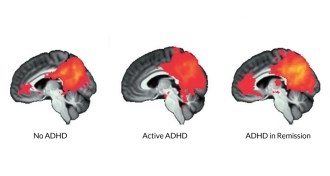 Neuroscience
NeuroscienceBrain signal reappears after ADHD symptoms fade
In adults who no longer have ADHD, brain synchrony appears.
-
 Health & Medicine
Health & MedicineObesity on the rise globally
Some 2.1 billion people, almost 30 percent of the world’s population, are overweight or obese.
-
 Health & Medicine
Health & Medicine‘Bionic’ pancreas shows promise in diabetes test
Tests of a “bionic pancreas” confirm that the wearable devices can maintain blood glucose levels without the need for finger pricks or insulin shots in patients with type 1 diabetes.
-
